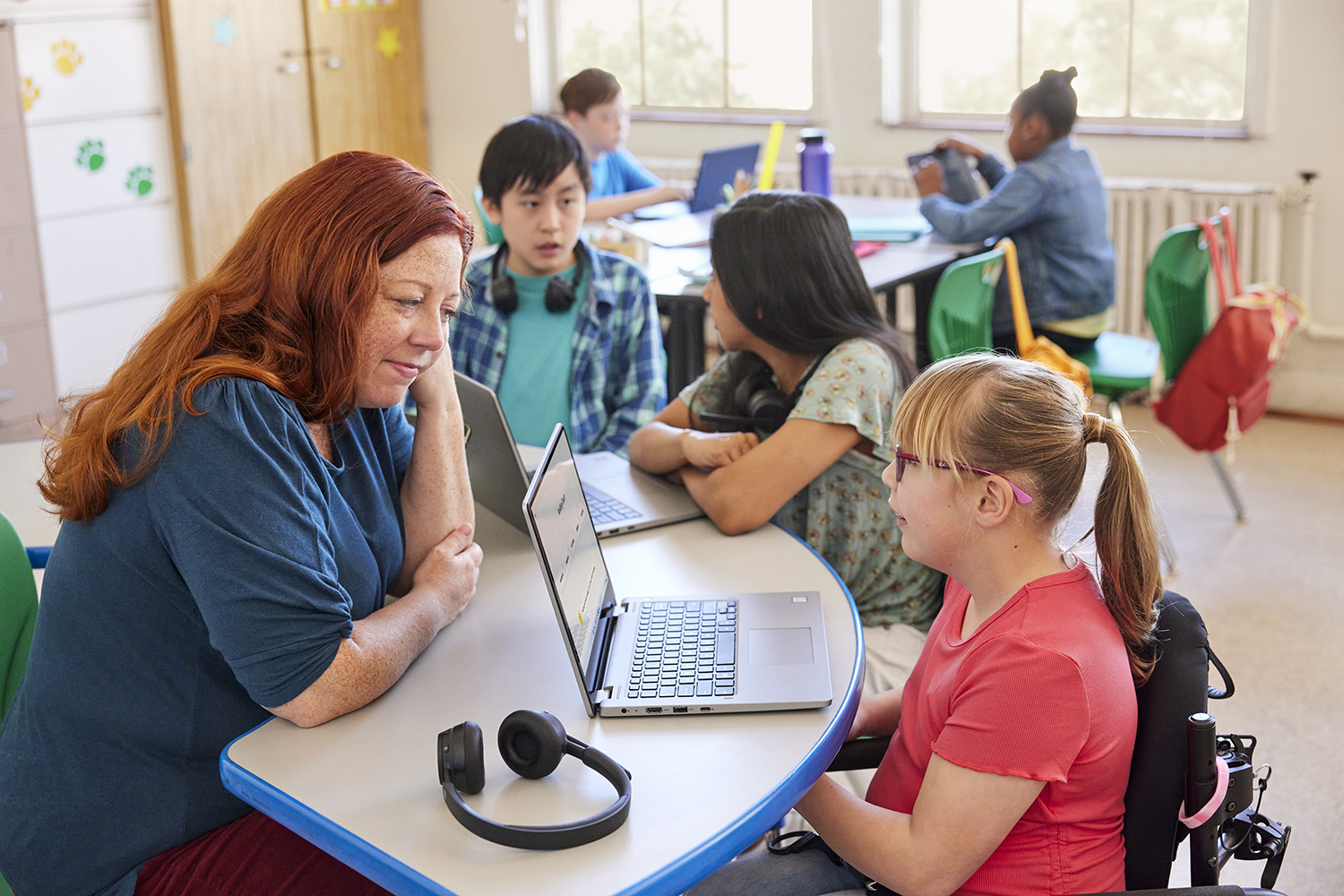As winter approaches, and the holiday season brings its own set of stresses, it’s essential for educators to prioritize their well-being. The demands of teaching, especially in our digitally connected world, can take a toll on educators. Leverage insights from Microsoft Education products, teacher voices, and other valuable resources to nurture your well-being this season and throughout the year.
Cultivate mindfulness with Calm
Take a moment for yourself. Calm—the leading mental health brand with the #1 app for meditation, sleep, and relaxation—has partnered with Microsoft to integrate mindfulness content into Microsoft Reflect, a powerful tool designed for social and emotional learning (SEL). Teachers can leverage Calm’s guided mindfulness sessions, movement activities, and focus music to foster a happier and more balanced classroom. As a bonus, teachers and students can enjoy an exclusive 40% discount on a subscription to Calm, providing a wealth of activities designed specifically for personal rejuvenation.
Keep learning
Invest in your growth. The Microsoft Learn Educator Center offers a platform where educators can access free courses for professional development. Whether exploring new technologies, teaching methodologies, or classroom management techniques, Microsoft Learn provides a diverse range of resources to support continuous learning and skill enhancement. Tailored for educators, these courses are an excellent way to stay updated or explore a new tool you might be curious about.
Take your teaching to the next level with these resources, training, and learning paths:
- AI for education
- Accessibility and inclusivity
- Skill up with the latest in AI, Microsoft 365, Windows, and security in education
Model reflective practices for emotional well-being
Bring balance to your classroom by participating in wellness activities alongside your students. Designed in collaboration with well-being and social and emotional learning experts, Reflect offers a unique gallery of activities, including breathing exercises, movement activities, guided mindfulness videos, and more. And while many of these have been specifically designed for students, they are equally effective resources for you. By actively participating, you model self-awareness, emotional regulation, and overall well-being for your students. And in the process, you care for yourself while you create a supportive learning environment.
Get started with Reflect by trying one of these activities with your students:
- Mindfulness for Ages 11-13: Plant seeds of mindfulness for balance, confidence, and calm.
- Follow Along Body Scan: Relax your body from the tips of your toes to the top of your head.
- Movement to Build Confidence: Believing is achieving with this confidence building video session.

Implement staff check-ins with Reflect in Microsoft Teams
Recognizing the importance of social and emotional learning for educator wellness, Microsoft Teams now features Reflect as a tab in each class, enabling Reflect check-ins for staff teams. This innovative approach allows school leaders to monitor educator well-being, fostering a culture of trust and growth within the school community. By providing opportunities for regular check-ins, school leaders can build a supportive environment where the voices of educators are heard, and teacher wellness is valued.
How to create a staff check-in
To create a Reflect staff check-in you must be a team owner. Simply click on Reflect in the general channel of your staff team, select a question from the gallery based on CASEL core competencies, and create space for personal and community growth through reflection.
Take the time to learn how to create your first staff check-in or Class Notebook check-in today.

Embrace your emotional well-being
Remember, you are not an emotionless automaton. Alex Shevrin Venet, author, school leader, and teacher at the former Centerpoint School—a trauma-informed high school in Vermont—advocates for openly acknowledging and addressing your emotional needs.
Shevrin suggests practical ways to prioritize your well-being:
- Set wellness goals. You write measurable objectives and goals for academic purposes all the time! Use that skill for yourself.
- Find a wellness-accountability buddy—a peer who agrees to support and keep you accountable to your wellness goals.
Find creative ways to sneak wellness into your schedule: Budget time into professional learning community meetings to check in with each other, share experiences, and collectively work towards fostering a positive and supportive educational environment.
Your well-being matters too
As an educator, you dedicate energy to the growth and well-being of your students on a daily basis. It’s crucial to recognize that, just like your students, your own wellness is equally important. Addressing teacher wellness is not only about creating a positive and effective learning environment; it’s a profound investment in yourself.
Learn more and get additional information with these resources:










